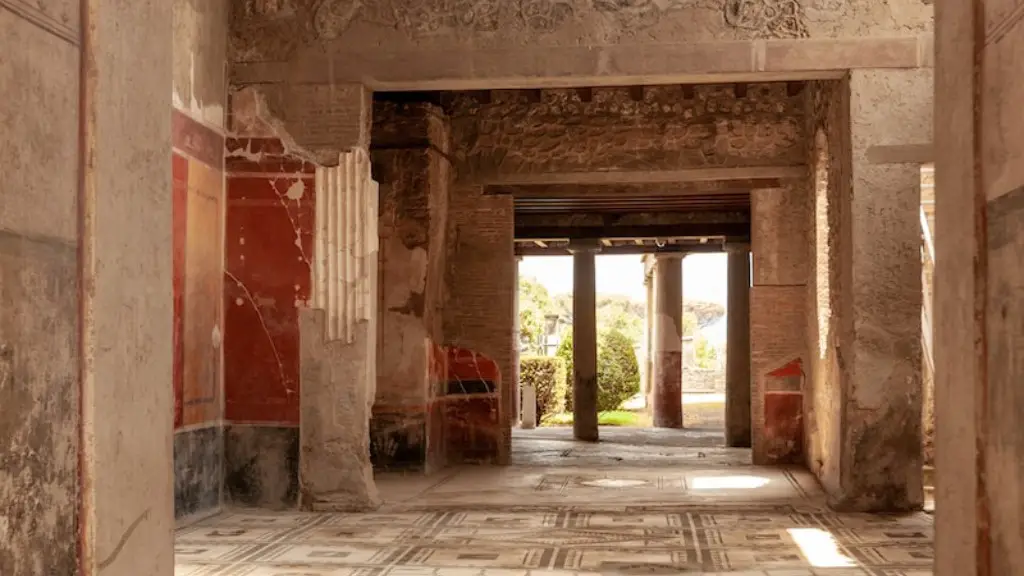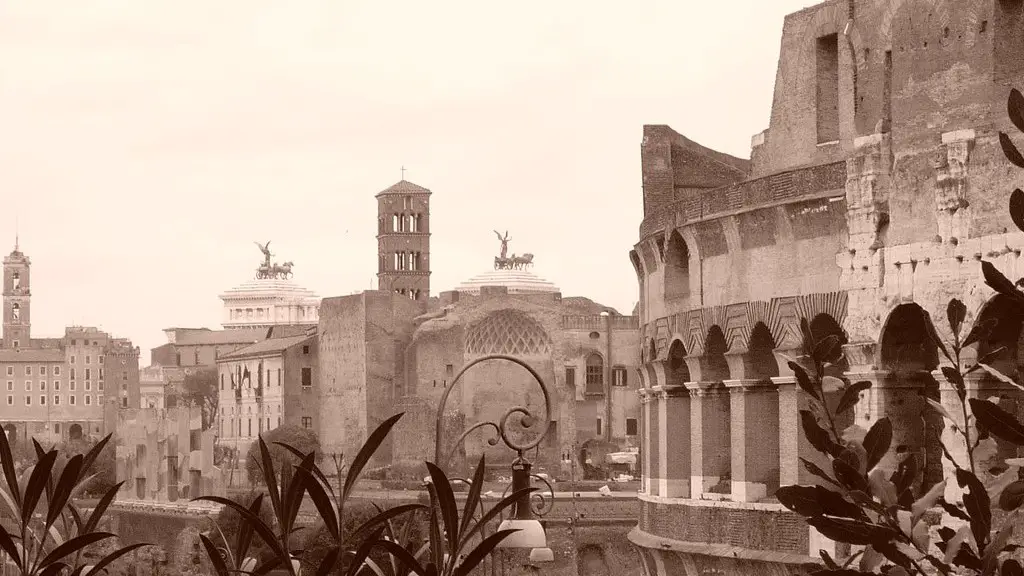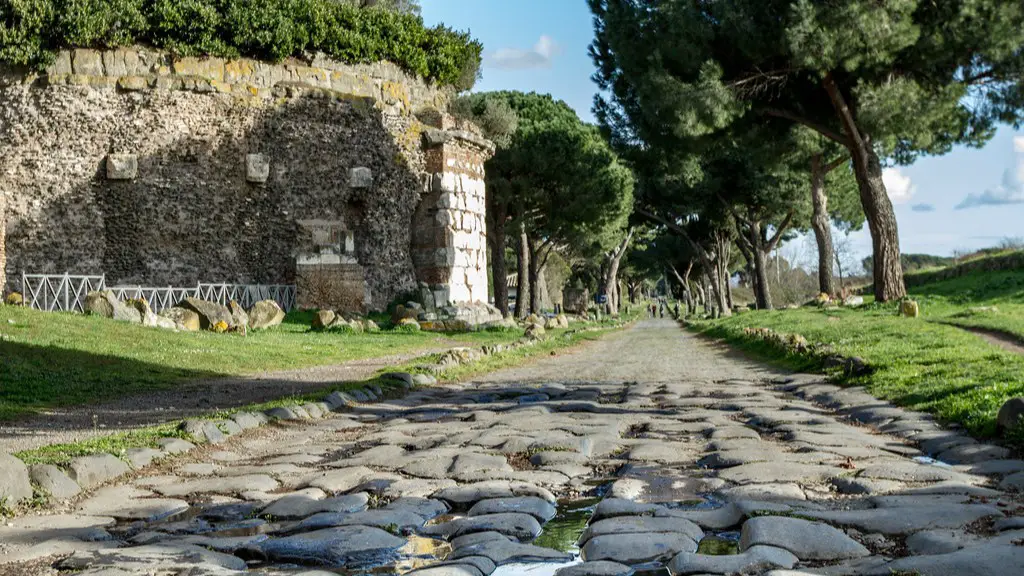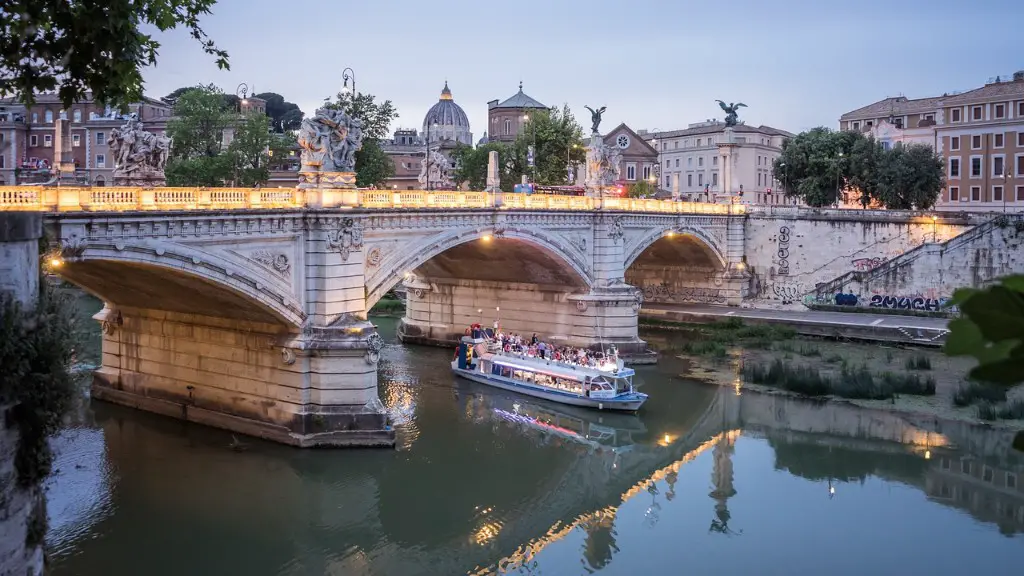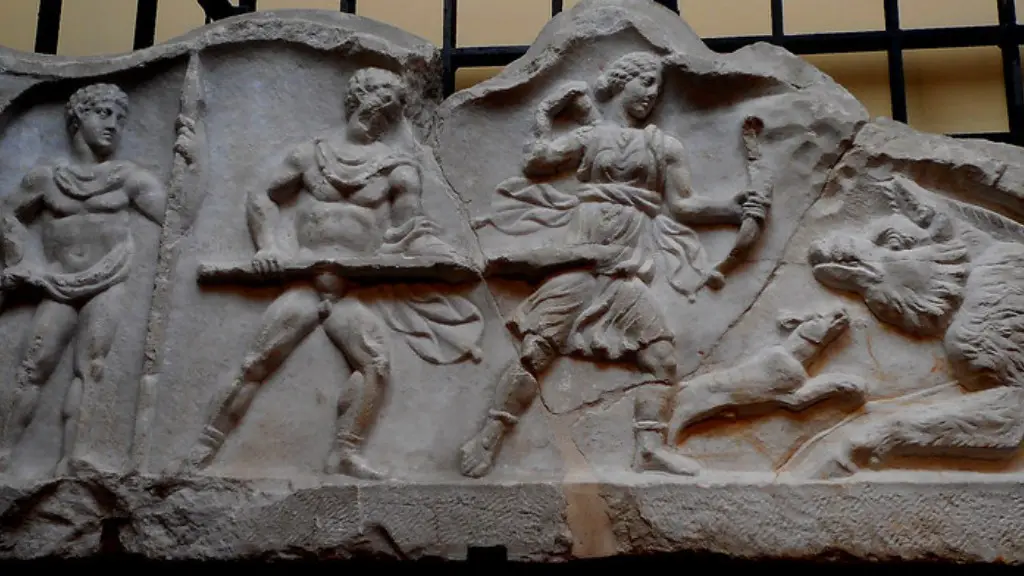The circus was an important form of entertainment in ancient Rome. It was a central part of Roman life and culture, symbolizing the power and magnificence of Rome. For hundreds of years, the Romans were captivated by the acrobatics, stunts, and performances of the circus.
The Roman circus was usually held in a large outdoor stadium. The circus had a variety of acts, including chariot races, gladiatorial combats, and shows featuring animals such as lions, tigers, and bears. Some circuses had seating for up to 500,000 spectators. These events were extremely popular with the people of Rome and were a major source of entertainment.
Ancient Roman circuses were seen as more than just entertainment, they were a symbol of Rome’s greatness. In addition to the shows, circuses were also used as celebration sites for special occasions. Important festivals such as the Saturnalia, Ludi, and Nemoralia were celebrated at circus festivities.
Spectators at the Roman circus were often presented with gifts from the emperor or from wealthy patrons. These gifts ranged from food to jewelry and even animals such as lions and tigers. This was a way for the emperor to show off his wealth and to demonstrate his generosity to the people.
It is thought that the origins of the Roman circus lie in the Etruscan funeral games. Spectators attended these games to witness events such as chariot racing and gladiatorial combat. By the first century B.C., the Romans had developed their own circus. The circus was used as a means of propaganda to promote the empire and to reinforce the power and status of Rome’s ruling classes.
The decline of the Roman Empire also saw the decline of the circus. As the Roman Empire became more decadent, the circus lost the social significance that it had previously held. With the decline of the Roman Circus, new forms of entertainment such as the theater and amphitheater began to take its place.
The legacy of the Roman circus lives on today. It is seen in the design of modern day stadiums, as well as in circus-like performances such as the circus, rodeos, and jousting tournaments. The tradition of the ancient Roman circus is sure to remain an important part of our culture for years to come.
Evolution of the Circus
The circus in ancient Rome was greatly different from the modern day circus. It was usually conducted in an outdoor stadium and its shows included chariot races, wild animal performances, and gladiatorial combat. Over time, the circus evolved and its performances moved indoors. It also saw the introduction of clowns and acrobats as well as the use of music and special effects.
With the arrival of the Renaissance, the circus grew in popularity throughout Europe. It began to be viewed as an art form and its performances became much more sophisticated. Puppet shows, trapeze artists, tightrope acts, and animal trainers all began to take center stage.
The 19th century saw the rise of the traveling circus. Such circuses would set up in local towns and cities and draw large crowds. There was a lot of competition between traveling circuses, but none was more popular than that of PT Barnum, who was a master of marketing and promotion.
The 20th century saw the development of the modern day circus. It has become an international art form, drawing fans from around the world. Circus performers have become highly skilled athletes and the circus shows feature daring and ambitious feats that amaze and thrill audiences.
Circus Performance Stunts
The ancient Roman circus featured many stunts and performance art. These were dangerous, often requiring strength, agility and skill. Some of these include flying trapeze, tightrope walking, acrobatics and gymnastics.
In later eras, new stunts were introduced such as juggling, roller skating, and unicycle riding. Some of the most impressive stunts today are those involving animals such as tigers, elephants and horses. Circus-goers are amazed by the skill and bravery of circus performers.
In addition to physical stunts, circuses often also feature comic elements. Famous clowns such as Auguste and Emmett Kelly, have become internationally renowned. Clowns are masters of physical comedy and are experts in creating laughs for audiences.
Today, circus performance stunts have luxuriated and become more and more spectacular. Extreme stunts such as aerial acrobatics, fire eating and chainsaw juggling are all part of the modern day circus experience.
Some of these stunts are truly dangerous and require special training and skill to be pulled off. Such performers who exhibit such feats of bravery, skill, and grace are truly in a league by themselves.
Big Top Tents
Big top tents are large tents, predominately used for circus performances. They are round in shape and constructed of heavy canvas. Originally, big top tents were used by nomadic circuses. They are still used today for traveling circuses, as well as for more permanent shows.
Big top tents have become icons of the circus world and have come to represent the circus culture as a whole. They are a symbol of the thrill and adventure of the circus, as well as a symbol of the skill, bravery, and daring of the performers within.
Big top tents have also become a staple of pop culture. They have been featured in many films and television shows and are a popular decoration for birthday parties and other special events.
Big top tents are an integral part of the circus experience and they will likely remain so for years to come.
Risks of Circuses
Circuses are inherently risky and dangerous activities. Performing life-threatening stunts in front of large crowds can be highly stressful for performers. In addition, it carries the risk of serious injury or even death.
Animals featured in circuses have also faced criticism from animal rights activists. They have accused circuses of the mistreatment of animals and of exploiting them for entertainment.
Circuses have also faced criticism for their use of child performers. Some have accused them of exploiting children for financial gain, amidst allegations of abuse and neglect.
The circus has faced many challenges in recent years. The use of exotic animals and the exploitation of children have posed ethical dilemmas for circuses. In response, many circuses have adopted stricter policies and regulations in order to protect performers and animals and to guarantee the safety of audiences.
Conclusion
The circus has been an important part of our culture since ancient times. Circuses have evolved, transforming from a symbol of power and authority in ancient Rome to an international art form today. The circus has captivated audiences and has thrilled them with its daring feats, its humor and its spectacle.
The circus is sure to remain an exciting and popular form of entertainment for years to come. It is an example of the bravery and skill of performers, who have the courage to put their lives on the line for the enjoyment of others.

